‘Enterprise Thinking’ Is Key to Your Next Promotion
Prioritizing your organization’s success over your own is a necessary step for climbing up the leadership ladder.
Are you looking to move up in your organization? Perhaps you aspire to become your firm’s managing partner or your company’s next CEO?
While it’s natural to look out for your own best interests or those of your team—thinking this is how to get ahead—this narrow-minded view only leads to the destructive formation of silos, creating internal competition that divides an organization and prevents it from moving toward its vision and goals. A true leader knows better. If you really want to make your climb to the top of the leadership ladder, you’ll need to start thinking at an enterprise level—meaning, you see the big picture and what’s best for the entire organization.
Here are a few steps you can take to help develop your enterprise thinking skills and foster a collaborative environment that brings all parts of the business together.
- Learn From Dysfunctional Leadership
It can be a great value to first learn from the destructive behavior of others. Consider this cautionary tale of one of America’s best-known retailers, whose competitive internal environment played a pivotal role in its downfall.
Founded in 1893, Sears, Roebuck & Co., or more commonly known as Sears, eventually became one of America’s top-selling retailers. For many decades, Sears held the top spot for retail sales until Kmart surpassed them in the 1980s. Sears then fell to third place in 1990 when Walmart took the lead in total sales. And, despite Kmart purchasing Sears in 2005, forming Sears Holdings, the famous retailer continued its steady decline. In 2018, on its 125th anniversary, Sears filed for bankruptcy and is now a mere fraction of its former self.
There will be endless case studies written about the demise of Sears. They’ll address failed acquisitions, subpar innovation, bad marketing, and other strategic errors. Still, most of these studies will miss the most significant root cause of all these factors: poor leadership.
As one example, I can point to former Sears CEO Edward Lampert who created an ultra-competitive internal environment that destroyed any chance of collaboration within the company. Rather than inspiring Sears’ numerous brands and product lines to work together, Lampert instead directed these lines to compete against each other. For example, if a division wanted to utilize IT or HR services, they were required to contract with them, giving the division the option of contracting with entities outside of the company. The appliance division was required to pay royalties to the branding division when it sold the company’s popular Kenmore appliances. That led them to feature other brands more prominently because they were more profitable. One former executive told a Bloomberg investigative journalist that the situation at Sears had become “dysfunctionality at the highest level.”
- Practice Enterprise Thinking
Avoid the trap that Sears’ leaders fell into. Enterprise thinking requires you to prioritize the organization’s overall success over your own and act and make decisions accordingly. It also requires that you develop greater influence among your peers as you lead horizontally across the organization. In essence, enterprise thinking puts you in the organization’s shoes, thinking as if you were the business personified.
Enterprise thinking creates synergy, recognizing that the entire enterprise is more likely to succeed when its parts collaborate, share resources, and support one another. In turn, each part gains from that success through increased resources, opportunities, and recognition. If you develop a reputation for driving this cycle of success, you’ll position yourself to lead at higher levels within your organization.
- Take a ‘First-Team’ Approach
To start building your enterprise thinking skills, Patrick Lencioni, leadership speaker and author of “The Advantage: Why Organizational Health Trumps Everything Else in Business,” recommends identifying your “first team.”
What’s your first team? Lencioni puts it this way: “The team you belong to must come ahead of the team you lead: this is putting team results (i.e., organizational needs) ahead of individual agendas (i.e., the team or division you lead).”
Leaders often overlook this principle and, like what occurred at Sears, place their top priority on the team they lead. That’s understandable. After all, your team’s performance directly reflects your leadership. It’s crucial to secure resources, build your staff, and achieve your team goals. However, when you prioritize the needs of your team over the needs of the organization, that’s when those pesky silos start forming.
Recognizing your first team will help you navigate the tensions inherent in thinking at an enterprise level. Chances are that your first team is led by your boss, and the majority of the team is made up of your peers. Here are a few ways to use the first-team approach to build your enterprise thinking skills:
- Pay attention to what the leaders one level above you are focused on. Doing so will give you an understanding of the goals and priorities at higher levels within the organization.
- Listen to the questions and issues the leaders at your level raise. This information will help you understand the challenges in other parts of the organization and provide opportunities for you and your team to help address those challenges.
- Summarize your observations from these meetings and conversations for your team. This practice will enable your team to see the big picture and make it easier to enlist their help as you serve the greater organization. It’ll also give your team members a jump-start in developing their enterprise thinking skills.
View your work through the lens of the entire organization by looking at the big picture and watching for opportunities to benefit the greater good rather than just your team or functional area. By developing your enterprise thinking skills, you’ll be climbing into new levels of leadership in no time.
This article was first published in my Leadership Matters column for the Illinois Society of CPAs Insight magazine.








